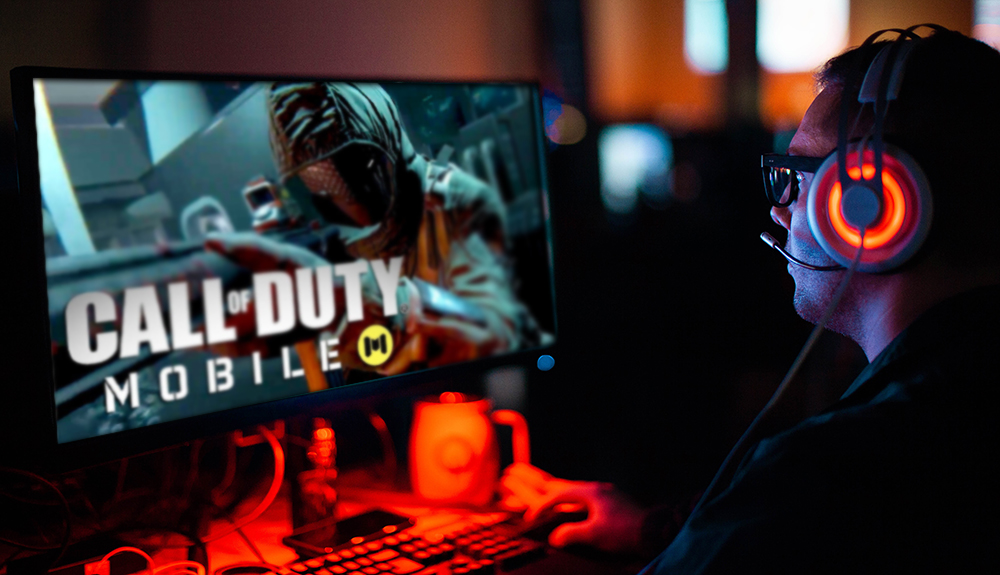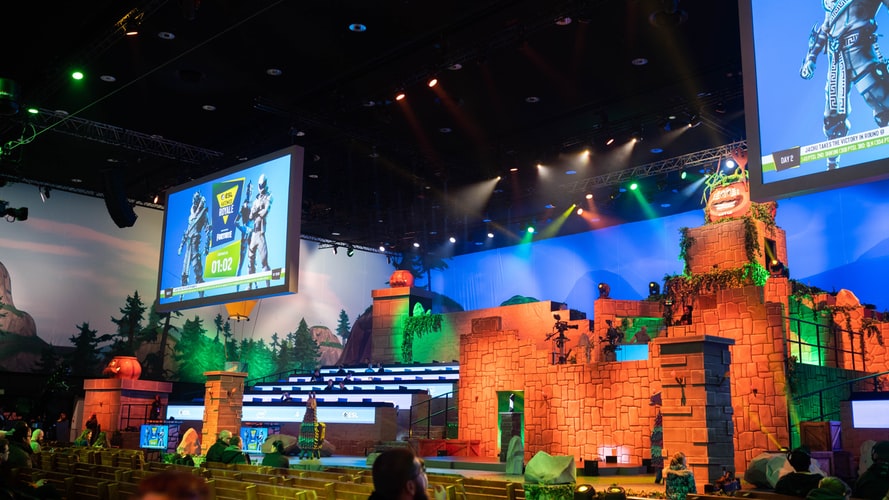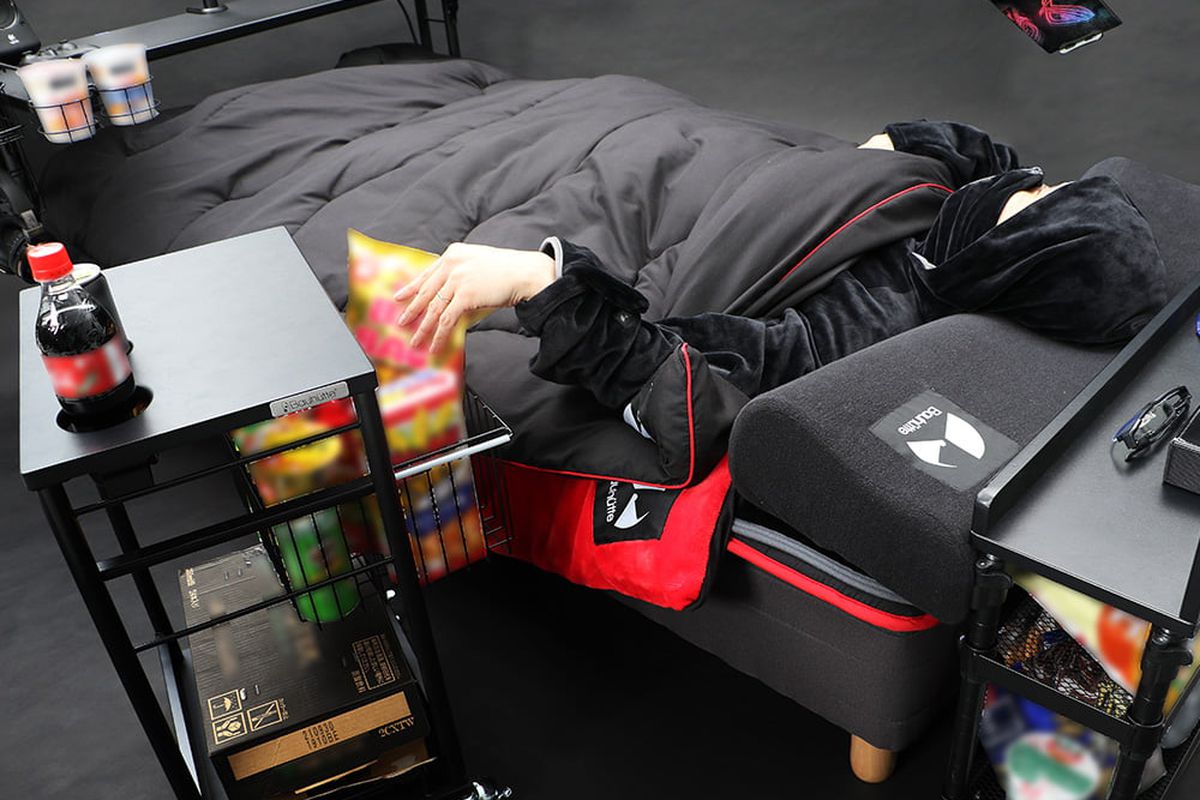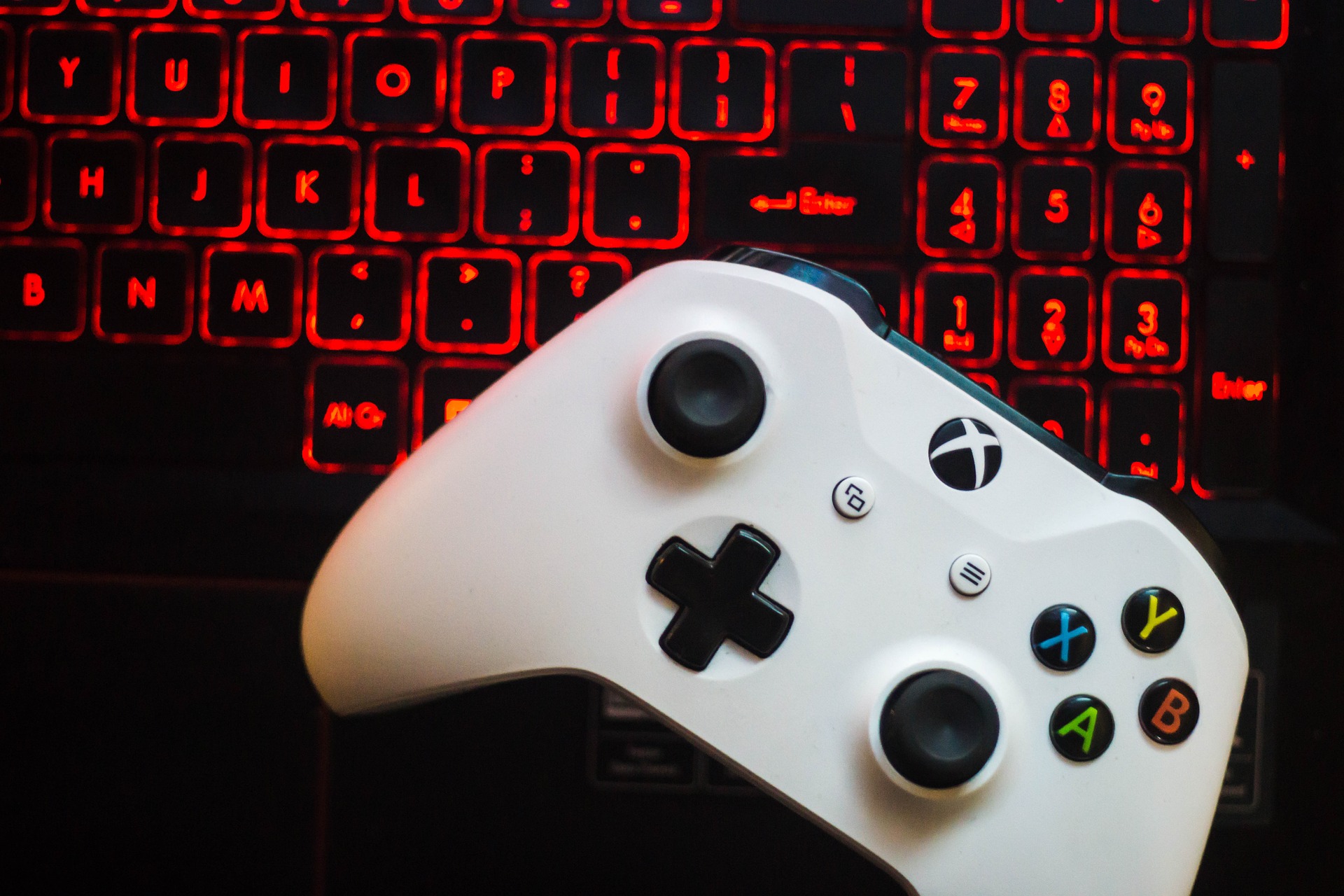Everything you Need to Know About Gaming Monitors
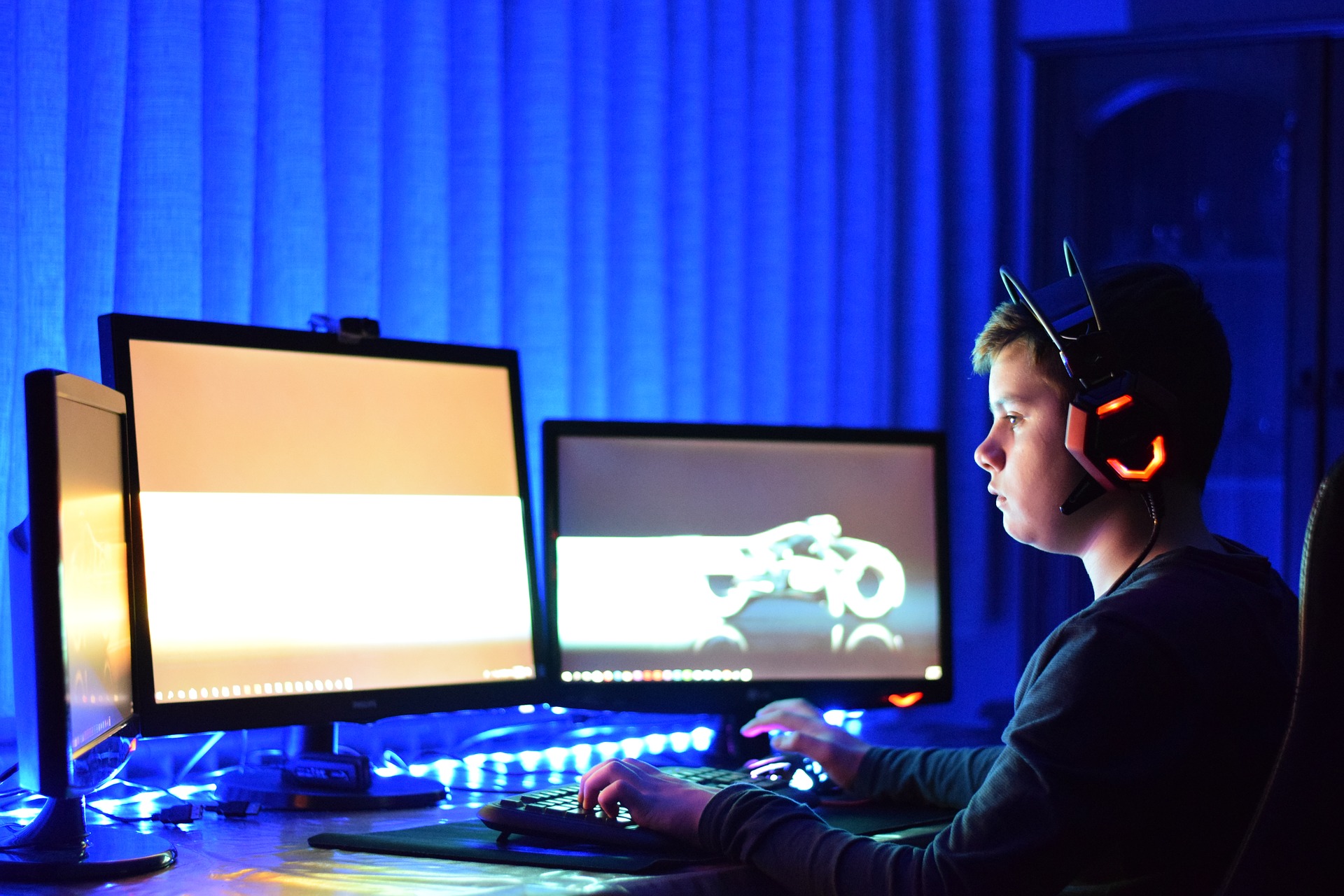
If eyes are the window to the soul, then the monitor is the window to a computer’s soul. If you don’t have a good display then everything from watching videos to playing games won’t look – or feel – as good. Here’s everything you need to know about gaming monitors.
Table of Contents
What Resolution is Right for a Gaming Monitor?
Choosing a resolution is a tactical choice. More pixels means a better picture, but more pixels also means your graphics card is working harder to display them. Most monitors don’t go higher than 60hz for 4K/UHD or 5K. It takes an expensive graphics card to display games in 4K at 60FPS+.
The current gold standard for gaming is a QHD resolution of 2560 x 1440. A monitor up to 32 inches offers a great pixel density and a highly detailed image that can be processed by most mid-priced graphics cards.
If you’ve got a need for speed then you can get a FHD display (1920 x 1080) for the best refresh rates. You don’t want to get a large monitor with that display though. Avoid stretching it for more than 27 inches. Doing so will lead to a drop in quality and more visible individual pixels.
Tn vs Na vs IPS Panels – What do I Need?
The three main LCD technologies used in modern computers are TN (Twisted Nematic), VA (Vertical Alignment) and IPS (In-Pane Switching). Each technology has it’s own pros and cons and work in their own different way.
TN
TN monitors offer the best performance but have the worst colors and viewing angle. They are the cheapest option though and best suited to gaming.
VA
VA monitors have the worst response times but offer the best contrast and image depth. They are good for general use.
IPS
IPS monitors have a better response time than VA but lower than TN. It’s hard to find them with a gaming-quality refresh rate. Having said that, the new gaming monitor LG 27gl850 has an awesome IPS panel AND a high refresh rate. It’s one of the rare cases where gaming meets IPS. They do have the best colors though.
Most gaming monitors are made with TN panels for their speed. It is possible to shell out a little more and find one with good image quality. You probably won’t even notice the difference with color and contrast when using a TN panel.
What Features Matter with Gaming Monitors?
One of the hardest parts of finding a gaming monitor is dealing with all of the marketing terms and feature choices. Let’s look at the features that really matter. Keep in mind some of these can be dependent on your skill level as a gamer.
Competitive gamers in particular need speed. They need a monitor that has a high refresh rate of at least 144hz. They also need a fast response time and as little input lag as possible. That means you’ll likely need something that is under 27 inches, has less pixel density, and doesn’t include HDR or extended color.
More casual gamers who don’t care for the difference between 60FPS and 144FPS (or don’t even notice it) can settle for something a bit different. They can find 60-75Hz monitors with FreeSync or G-Sync (we’ll get into that later) and look for a monitor that offers high pixel density and image quality. Get a bigger monitor with HDR or saturated colors if you’ve got the budget for it.
What Refresh Rate and Response Time do I Need?
Gamers need a monitor that has at least 75Hz and they need one that has the lowest possible response time. Refresh rate is one of the more important elements for a gamer, so most gaming monitors will offer at least 144Hz. Aim to find a response time of 5ms or less.
However, there are plenty of great 60Hz gaming monitors out there. Most 4K monitors are also limited to 60Hz. If you stick with 60Hz then you’re going to want a monitor that has either Freesync or G-Sync.
The input lag for a monitor is how long it takes the monitor to recognize output from a graphics card or when you push a button. The less lag the better. High refresh rates usually come with reduced input lag, but the input lag isn’t always included in the specs. Check reviews of monitors to learn more about their in-depth specs such as refresh rates.
Do I Need FreeSync or G-Sync?
Gaming monitors are generally built with Nvidia G-Sync (for Nvidia graphics cards) or AMD FreeSync (for AMD graphics cards). Both of these improve performance but also add a bit to the price tag. G-Sync is more expensive on average though. Which one you need can depend on which kind of hardware you have. If you’ve put a lot of money into an Nvidia card such as the RTX 2080 Ti then you obviously need G-Sync.
If you’re planning on intense competitive gaming then look out for G-Sync Ultimate or FreeSync Premium Pro. They both include reduced input lag and offer benefits with HDR titles. You can’t go wrong with either choice.
What About Overdrive and Motion Blur Reduction?
Most gaming monitors offer overdrive and/or motion blur reduction. You have to understand ghosting before you can understand the value of these features. Ghosting is the blurry trail created by moving objects on the screen. This is caused by an uneven pixel transition, which happens when a pixel takes a little too long to change colors.
Overdrive effectively reduces this by increasing the rate at which pixels transition through high voltages. When used properly, a pixel reaches the next level faster and changes before voltage runs too high.
Motion blur reduction – or ultra-low motion blur (ULMB) maintains the current motion resolution when things heat up.
Here’s what to know when weighing your options;
Overdrive sometimes leads to inverse ghosting articles. You may have to fiddle around with the settings to get it just right.
You can’t combine motion blur reduction with G-Sync/FreeSync. Gamers should always choose an adaptive refresh rate. Having G-Sync or FreeSync generally means you don’t need motion blur reduction.
How Much Does a Good Gaming Monitor Cost?
It’s hard to pinpoint the right price for a gaming monitor because they can go on sale (or come off sale) all the time. In general you should expect to pay up to $250 for 144Hz at 1080p or up to $250 for 60Hz at 4K.
Good luck finding your next gaming monitor!

